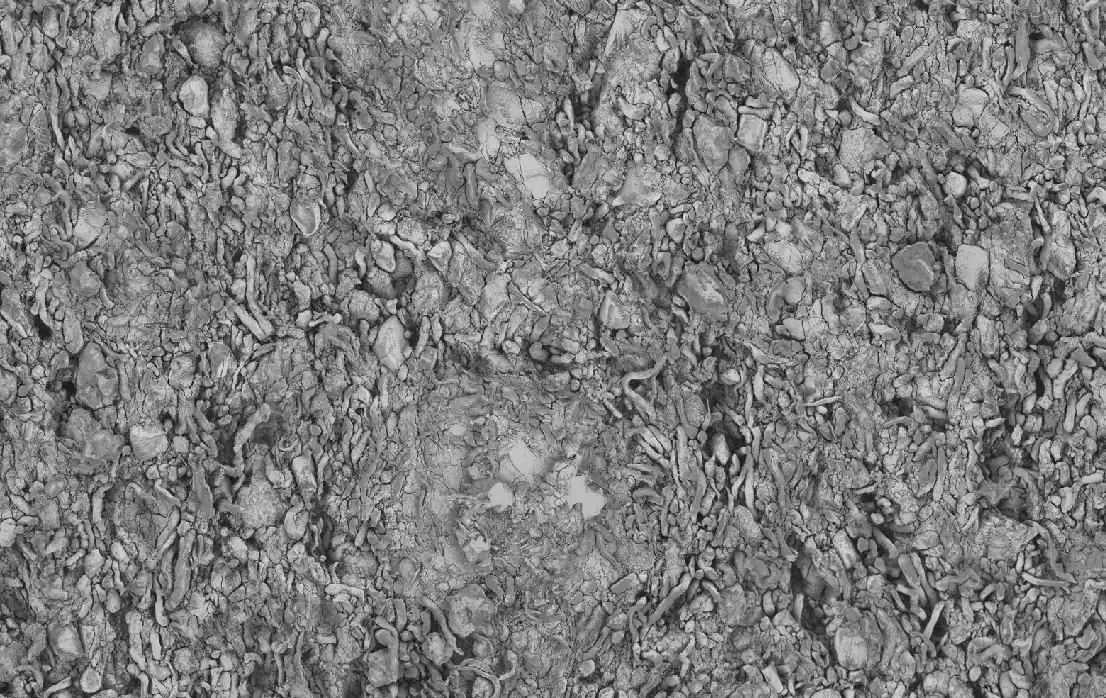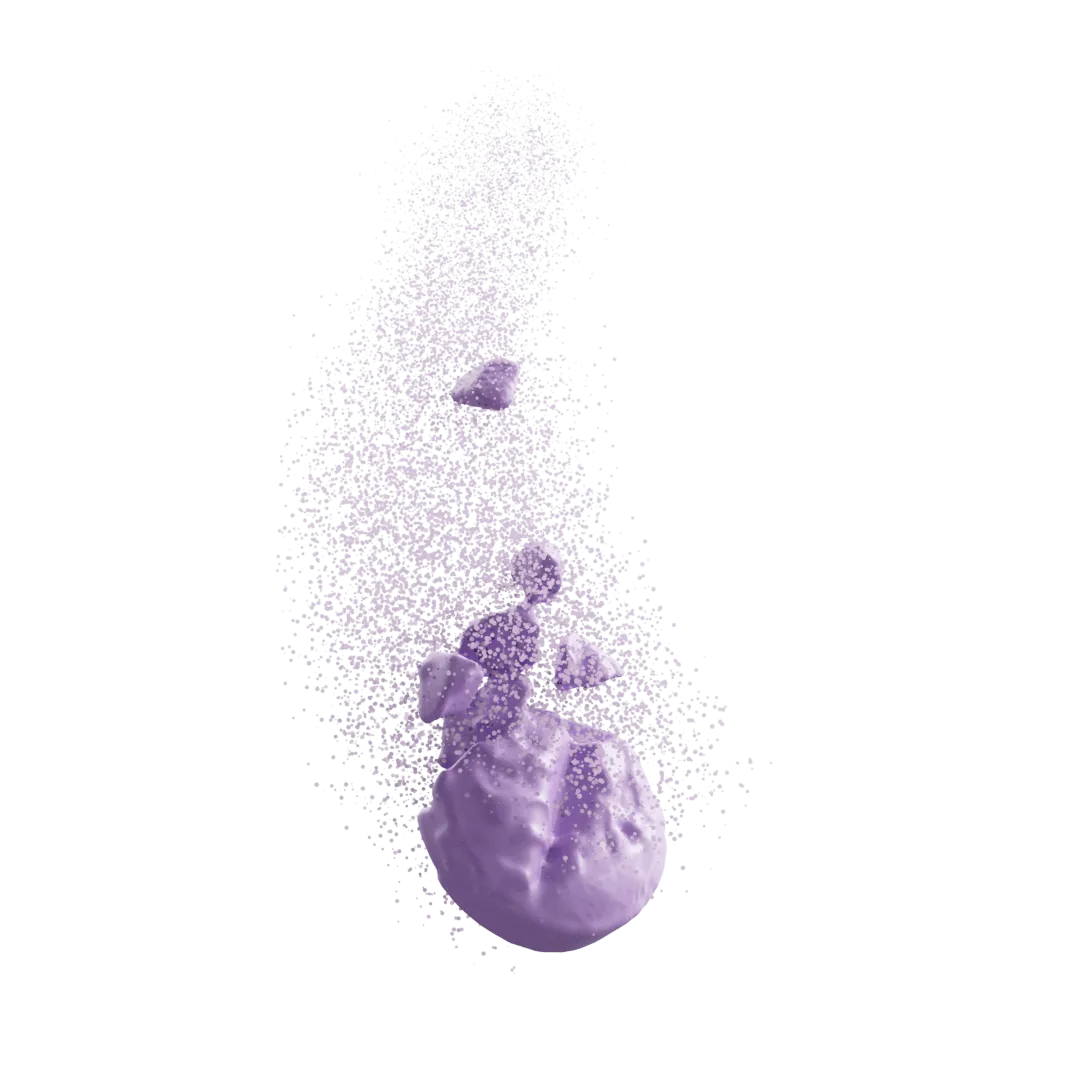Percolation Threshold Analysis for a Long-acting Ocular Implant

Release Mechanisms and Practical Percolation Threshold for Long-acting Biodegradable Implants: An Image to Simulation Study
The development of long-acting drug formulations requires efficient characterization technique as the designed 6–12 months release duration renders real-time in vitro and in vivo experiments cost and time prohibitive. Using a novel image-based release modeling method, release profiles were predicted from X-Ray Microscopy (XRM) of T0 samples. A validation study with the in vitro release test shows good prediction accuracy of the initial burst release. Through fast T0 image-based release prediction, the impact of formulation and process parameters on burst release rate was investigated. Recognizing the limitations of XRM, correlative imaging with Focused Ion Beam Scanning Electron Microscopy (FIB-SEM) was introduced. A water stress test was designed to directly elucidate the formation of pores through polymer-drug-water interplay. Through an iterative correction method that considers poly(lactic-co-glycolic acid) (PLGA) polymer degradation, good agreement was achieved between release predictions using FIB-SEM images acquired from T0 samples and in vitro testing data. Furthermore, using image-based release simulations, a practical percolation threshold was identified that has profound influence on the implant performance. It is proposed as an important critical quality attribute for biodegradable long-acting delivery system, that needs to be investigated and quantified.

Shawn Zhang, Karthik Nagapudi, Mike Shen, Joshua Lomeo, Yuri Qin, Aiden Zhu, Purnendu Nayak, Debby Chang, Rami N. Hannoush
Published with Genentech
https://doi.org/10.1016/j.xphs.2021.12.009
Additional Publications
Transform Your Program with Microstructure Science
Get started with a drug product digital twin.















